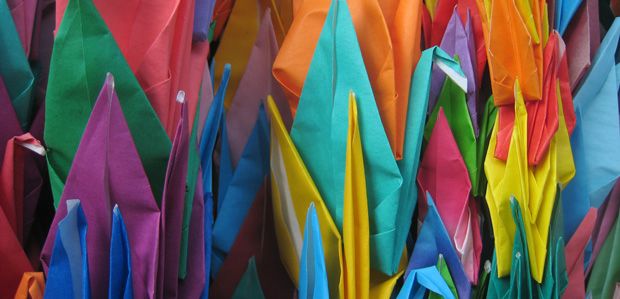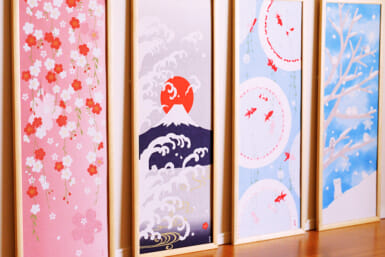Tokyo Eco: by Danielle Rippingale
With the birth of the office computer in the late 70s, bold proclamations were made that we would become a ‘paperless society.’ The truth is that paper supplies more landfill tonnage than any other material, and we are using paper at a greater rate than ever before.
Few would argue that Japan has a love affair with paper, and it is used for wrapping, shopping bags, advertising flyers, and the ever-so-lengthy documentation required for many things in Japan. With tissues and advertising packs being handed out at every corner, it is no wonder that Japan consumes three times more tissues than Canada or the UK.
Paper is a huge business in Japan and not free from scandal, as seen in 2008 when the major paper manufacturers of Oji Paper and Nihon Paper Group admitted to lying about the amount of recycled paper content in their products. Labels suggesting 50 percent recycled paper content were more like five to ten percent, and other products contained none at all.
With the average person using 700 pounds of paper per year, what can you do to minimize your impact?
Reduce your paper consumption by using:
• Cloth instead of paper napkins
• Handkerchiefs instead of disposable tissues (despite the free handouts at every corner!)
• Cloth rags from old towels and linens for home cleaning rather than disposable paper products
• Online subscriptions to magazines and newspapers
• Register for online bank statements and newsletters
• A sign on your mailbox saying, ‘Please do not put advertising flyers,’ or 広告・チラシは入れないでください (it may not stop the mountains of paper completely, but it should at least reduce it).
When buying paper products, consider earth-friendly options such as 100 percent post-consumer waste products, unbleached paper, and paper made from sustainable resources.
The use of virgin paper is depleting our forests, and nowadays there are many post-consumer paper products available, from computer paper to toilet paper. In fact, Seibu Supermarkets recycle the milk cartons returned to their stores to create their own line of recycled toilet paper called Kankyo Yusen, which uses over thirty percent milk carton pulp and isn’t bleached.
The Japanese word for ‘post-consumer’ is shohisha-go (消費者後), and ‘recycle’ is sairiyou (再利用).
Most paper products are bleached with chlorine—a toxic chemical that gets into waterways, harming fish, humans and our ecosystem.
Choose non-bleached paper towels and toilet paper, or if it is important for you to have white, choose paper products bleached using hydrogen peroxide or oxygen.
Green Glossary:
Washi (‘wa’ Japanese + ‘shi’ paper) is a type of traditional handmade paper made from various plant sources and using less chemicals than conventional wood pulp paper. It is used for calligraphy papers, origami, fans, lampshades and shoji (sliding paper doors) used in Japanese houses.
Eco-fact:
While the bidet was invented in France in the 1700s, the first ‘paperless’ toilet was invented in Japan in 1980. The ‘spray toilet’ combines a toilet, bidet and drier, controlled by an electronic panel next to the toilet seat. An estimated 70 percent of Japanese homes have a paperless toilet.
To read more from Tokyo Eco click here:
www.weekenderjapan.com/tokyoeco










